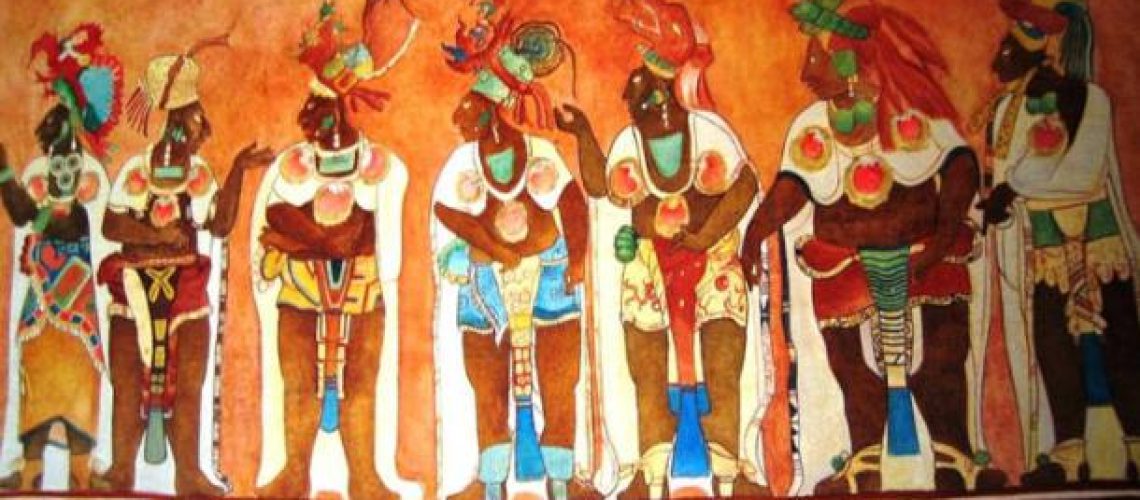
New research led by Tulane University archaeologists reveals that the ancient Maya civilization was far more populous than previously thought — supporting as many as 16 million people across parts of modern-day Guatemala, southern Mexico and western Belize.
The research, published this month in the Journal of Archaeological Science: Reports, reveals one of the most comprehensive regional-scale analysis to date of Maya settlement patterns using lidar (light detection and ranging) technology.
The findings significantly revise population estimates and models of ancient Maya settlement in the Central Maya Lowlands, revealing a far more complex, integrated and populous civilization than previously understood.
“We now have hard evidence that Maya society was highly structured across both cities and rural areas and far more advanced in resource and social organization than previously understood.”
- Unlocking the Secrets of Maya Healing
- Remembering the Future: How Ancient Maya Agronomists Changed the Modern World



